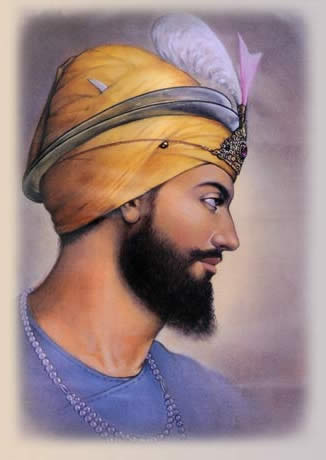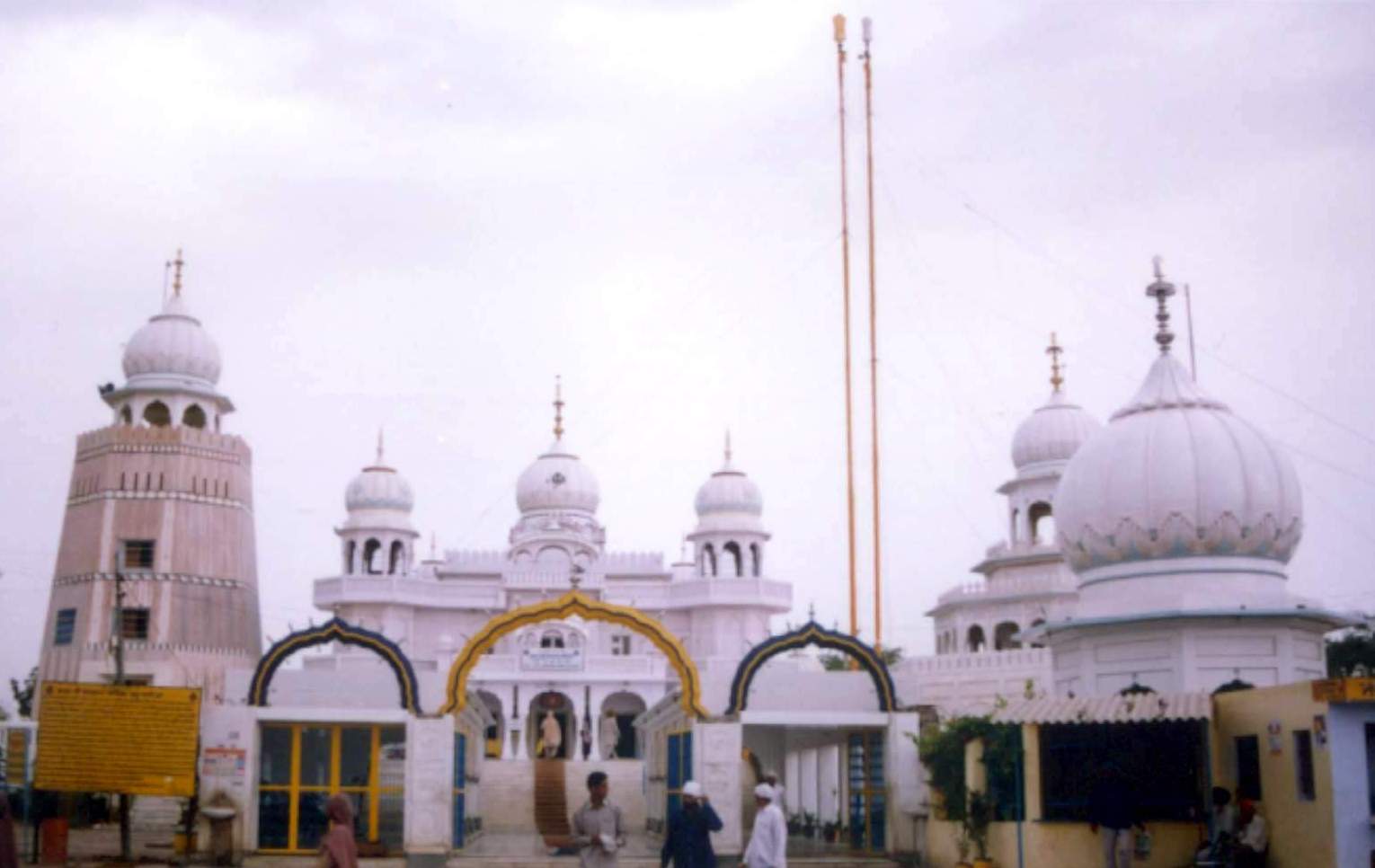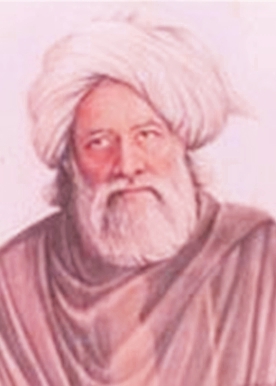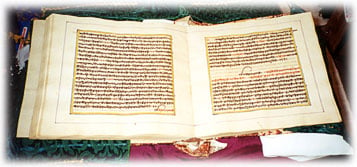Main Page
Welcome to SikhiWiki,a free Sikh Encyclopedia and learning tool...
... with 6,362 articles on Sikhism; total hits on this page
of 1,724,912+ & [[Google 2008|total of Template:NUMBEROFVIEWS pages viewed at the site.]] Sat Sri Akal, Waheguru ji ka Khalsa, Waheguru ji ki Fateh |
| Wednesday August 13, 2025 |
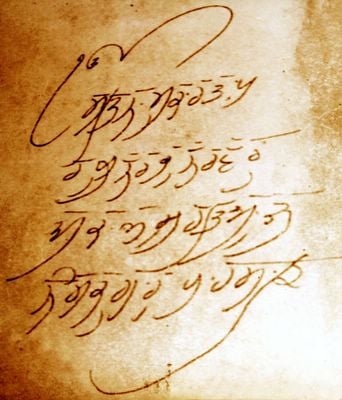 The sacred hymn called the Japji sahib consists of the Mool Mantar (the opening mantar), a set of 38 Pauris (hymns) and a final salok. This Bani appears at the very beginning of the Sri Guru Granth Sahib from Page 1 to Page 8 of the Holy Book of the Sikhs. It is regarded as the most important Bani or 'set of verses' by the Sikhs and is recited every morning by all practising faithful of this religion. The word ‘Jap’ means to ‘recite’ or ‘to ‘chant’ & implies practising this truthful path to achieve a higher aim of human life i.e. ..to understand the path to GOD. ..to achieve realisation and salvation in your life, etc. Japji is a universal song of God composed by Guru Nanak, the founder of the Sikh faith. Japji uses the technology of "Naad" - the science of the sound current. Reciting the words of Japji, which speak of that which is beyond words to express, serves to bring the frequency of Infinity into your life. Japji is a tool designed to deliver a human being to a higher level of conciousness. Japji is a requirement for the seeker of Truth. The Sound Current of Japji and the meaning of its words, when meditated upon with openness and love, awakens a soul to its destiny. Step by step, Japji gives you the comprehensive power to know yourself as you are and be one with God's Creation in a spirit of joyful surrender and connection. .....More Daulat Rai, an Arya Samajist was living in India during the late 1800's and the early part of 1900's. He was so disturbed by the publication of books by some Hindu activists whose writings maligned the Sikh Gurus that he was forced to pick up the pen himself. The now famous book: "Sahib-e-Kamal (par excellence) Guru Gobind Singh" was written by him. In his book he reminded Punjabi and Hindus of the humiliation and degradation to which their ancestors were subjected under Mughal rule before the Khalsa liberated them. Quoting various historical sources, he wrote:
Did you know...
Sikhi FAQ...
Once Baba Bulleh Shah was sitting on the bank of a river when he saw this lady selling carrots. People were coming to buy her produce, but when they start picking and choosing the carrots, she would say, "I only sell carrots in volume; there is no pick and choose." So all these people had to buy carrots in volume/in bulk; not by selection. Then there was this handsome man, who came to her to get carrots. However, this time she herself picked the best carrots for him! Bulleh Shah was quite surprised looking at the incident. So after this men had left, Bulleh Shah went to the lady and asked her. "How come you let him hand pick the carrots; in fact you picked and chose the carrots for him yourself." She replied, "Bulleh Shah ji, he is my husband, there is no counting or accounting between lovers." ....More Bichitra Natak (or Bachittar/Vichitra) (Gurmukhi ਬਚਿਤਰ ਨਾਟਕ meaning "Wonderful Drama") is the autobiography of Guru Gobind Singh, the 10th Sikh Guru. It is a part of the Dasam Granth and is the name given to the third Bani in the second holy scriptures of the Sikhs. This text spans from page 94 to page 175 of the 2326 pages of this holy book of the Sikhs at www.srigranth.org. (Original text is over 1428 pages) This Bani is an autobiographical narrated by the tenth Sikh Guru, Guru Gobind Singh for the first 32 years of his life. Although the word "Natak" means "drama" in Punjabi, this is no drama. The Guru has outlined the circumstance and history of the time and how great courage and strength was required to overcome the many hurdles that were upon the community. It starts with a praise of Akal Purakh and then gives a genealogy of Bedis and Sodhis starting from Lord Rama and his two sons. Then comes the author's own biography and includes the battle of Nadaun, Husaini battle and the arrival of Prince Muazzam in the Punjab. It continues the ancient history until 1696 AD. .....More 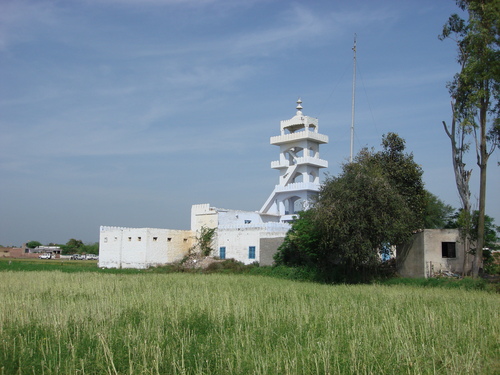 Photo by panoramio Amarpal S. Sidhu - see more at Ludhiana |
Recent articlesPopular articles
| |||||||||||||||||||||||||||||||||||||||
Template:2025/08 Template:2025
| Popular Articles on Sikhi Wiki |
|
Mool Mantar | Japji | Sikhism | Dasam Granth | Kirtan | Beliefs | Bani | Gurus | SGGS | Bhai Manjh | Vegetarianism | Bhagat Sain | Bhagat Dhanna | Today | Blogs |

